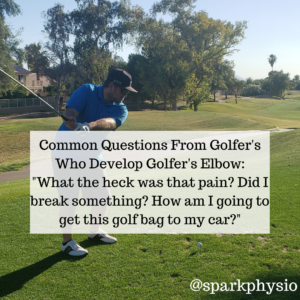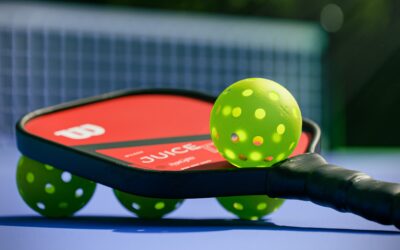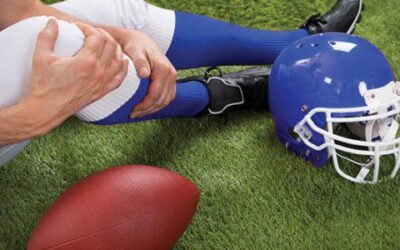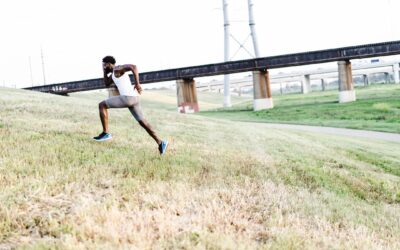
You are humming along, just finished playing a round of golf when you pull up to the cart drop-off. You reach to grab your bag off the cart and WHAM, pain on the inside of your elbow makes you drop the bag right back onto the cart.
“What the heck was that pain? Did I break something? How am I going to get this golf bag to my car?”
Those are some common questions I have heard of my golfer’s ask themselves when they get a sudden jolt of pain on the inside of their elbow.
The pain is likely from Golfer’s Elbow. If you have played enough golf, I am sure you have heard of the term or have experienced some lighter version of it. For example, soreness on the inside of the elbow after hitting 2 practice rounds during the week to ready yourself for a charity (supposed to be non-competitive) golf tournament over the weekend. Or, you have put yourself in a tough situation under a tree. You are not looking to take a drop so you tried chopping the ball out to the fairway. Instead of hitting the ball, you make excellent contact with the tree root.
If you have or are experiencing this pain, you are not alone. Golfer’s Elbow (aka medial epicondylitis/epicondylalgia and is a form of tendinopathy) is the most common cause of medial elbow pain. It is seen in 10-20% of all epicondylitis diagnoses. It is most common in adults older than 40.
Presentation
- Pain on the inside of the elbow, especially during maximal gripping or explosive motions (i.e. golf swing)
- Usually in the trailing arm for golfers (right arm for right-handed golfers)
- Tender to touch around the inside of your elbow, more prominently around the bone
- Pain when performing resisted wrist flexion activities
Mechanism of Injury
- Overuse: This typically occurs when you suddenly increase your swings in a given time period, especially off hard surfaces such as mats. This is the most common form of Golfer’s Elbow because of all the amateur golfers there are. The amateur golfer spends most of the week sedentary and then picks up his sticks, expecting to play at least one round over the weekend when the weather is nice. This leads to a sudden increase in activity that the muscles surrounding the elbow were not ready for.
- Traumatic: This pain occurs when you hit the ground fat, digging the sand wedge into the sand, or hitting a tree/cart path. Basically, when you swing and come to an abrupt stop.
Being able to differentiate between the two mechanisms will significantly enhance your treatment plan as these injuries are not the same!
Why Worry About Golfer’s Elbow?
As mentioned, Golfer’s Elbow is a form of tendinopathy. Tendinopathy occurs due to a microtrauma to the tendon, whether that be from overuse or from a traumatic injury. The body, more specifically, the tendon is great at trying to repair itself (imagine getting a paper cut on your finger, our body does a great job at healing those). Our body tries its’ best to repair the microtrauma immediately, but if you keep injuring the tendon with the same repetitive motions over and over again, it has a hard time keeping up with the repairs.
If you think you have Golfer’s Elbow, it is imperative to seek treatment right at the first signs of pain/discomfort. Tendinopathy can be progressive and make it harder to treat.
If you are looking to get your swing back, complete a pain-free round of golf, and be able to still pick up your bag at the end of your round, please reach out and schedule a consult to see what kind of Golfer’s Elbow you may have.




